Lou Leto December 29, 2022 All Feature Vehicles
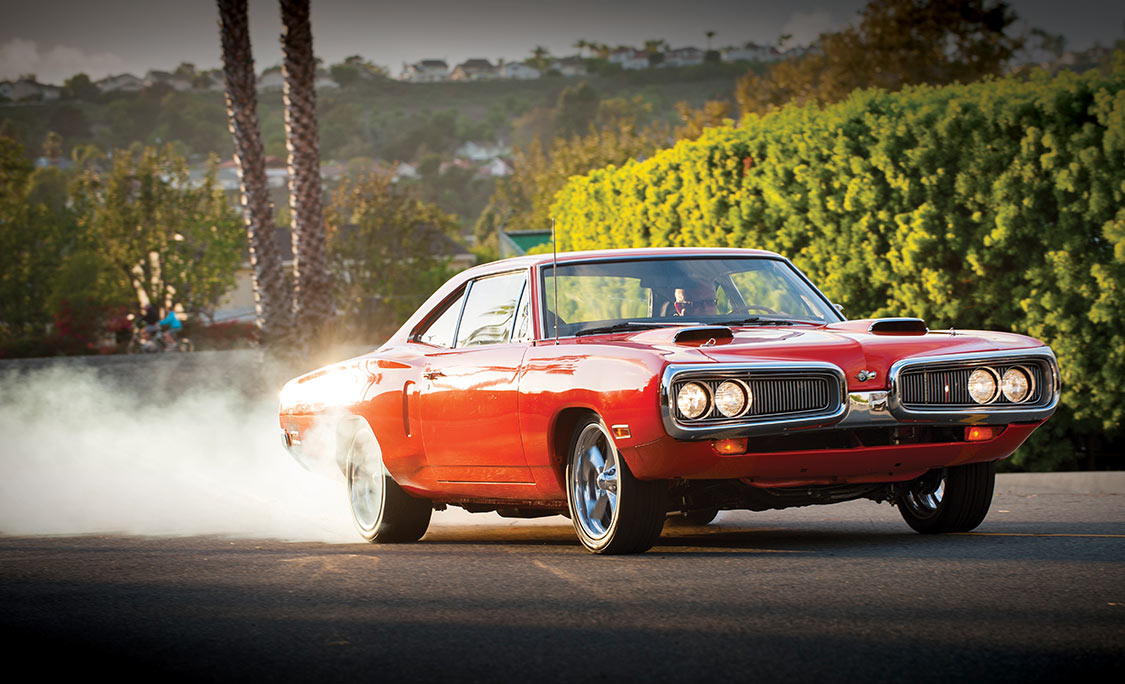
Super Bee. The name alone makes folks smile. By 1970, the muscle car wars were being fought by nearly every brand from Ford, General Motors and Chrysler.
Even American Motors had gotten into the fray. The major battles were waged at the racetracks with the sole purpose of putting “recruits to their brands” in production. It was all about cars on the streets and getting consumers to pledge their loyalties in dealer showrooms. Back then, those recruits would not even cross company lines; the Bowtie brigade did not go to Pontiac, the Ford faithful did not consider Mercury, even though at one time it had a Marauder model.
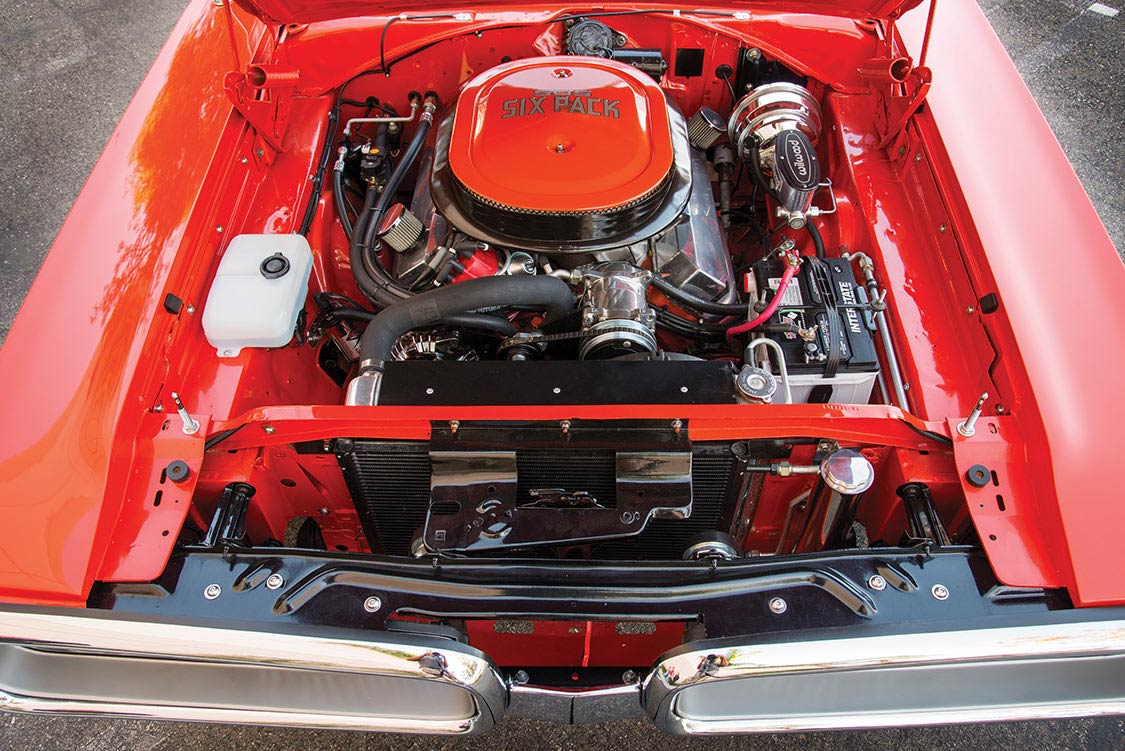
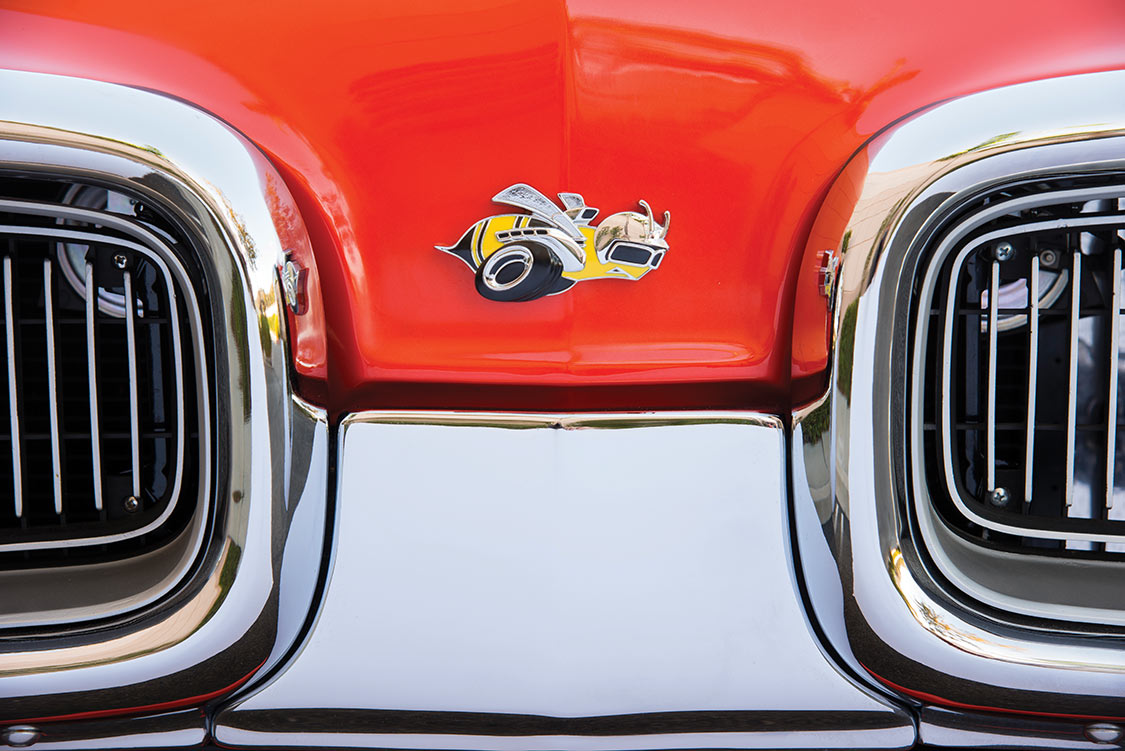
The same applied to the militant Mopar fanatics. When Plymouth created the low-option, low-cost, entry-level (yet muscular) Road Runner on the B-body chassis in 1968, the Dodge boys commissioned a similar model and simply called it a Super Bee. Both models were a brilliant marketing move: muscle in the purest form, the answer to the question of “how much?”, be it an inquiry for horsepower or for purchase price. The answer made consumers smile, pull out their wallets and buy.
Some called the Super Bee, with the Dodge Scat Pack image and rear bumble bee stripe and its Plymouth cartoon cousin, a Spartan performance coupe. To others it was a low-priced “strippo,” with a bench seat, very little trim and a high horsepower 383-ci engine backed by a choice of a stout manual or a bulletproof automatic transmission.
Either combination could transfer massive power to the Sure-Grip rear-end fitted with tiny 10-inch drum brakes. Dodge management just cleverly marketed it as entry-level performance. Since OEMs are more concerned about capturing profit margins, they quickly started offering countless options to increase the exterior and interior styling as well as add additional power under the hood.
Soon one could check enough order boxes to make a standard 383 Super Bee as sexy and as comfortable as the upscale, deluxe-trimmed, 440-powered Coronet R/T. By 1970, the last year of this Dodge body style, the cross-pollination was so complete that either a Super Bee or an R/T could be optioned with a 440 Six-Pack and all of the aesthetic trimmings. Yes, the 426 Street Hemi was an option for either, too, but that is a whole other story.
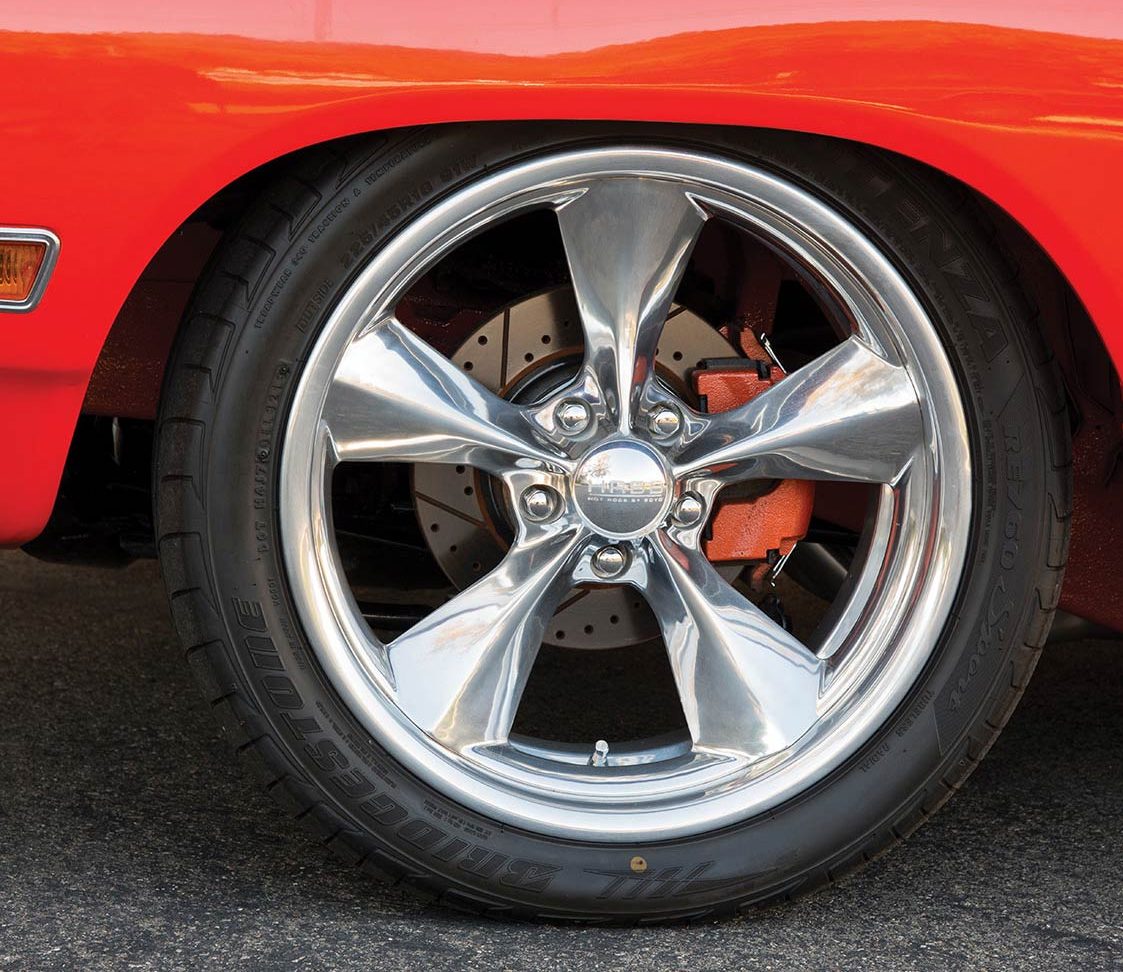
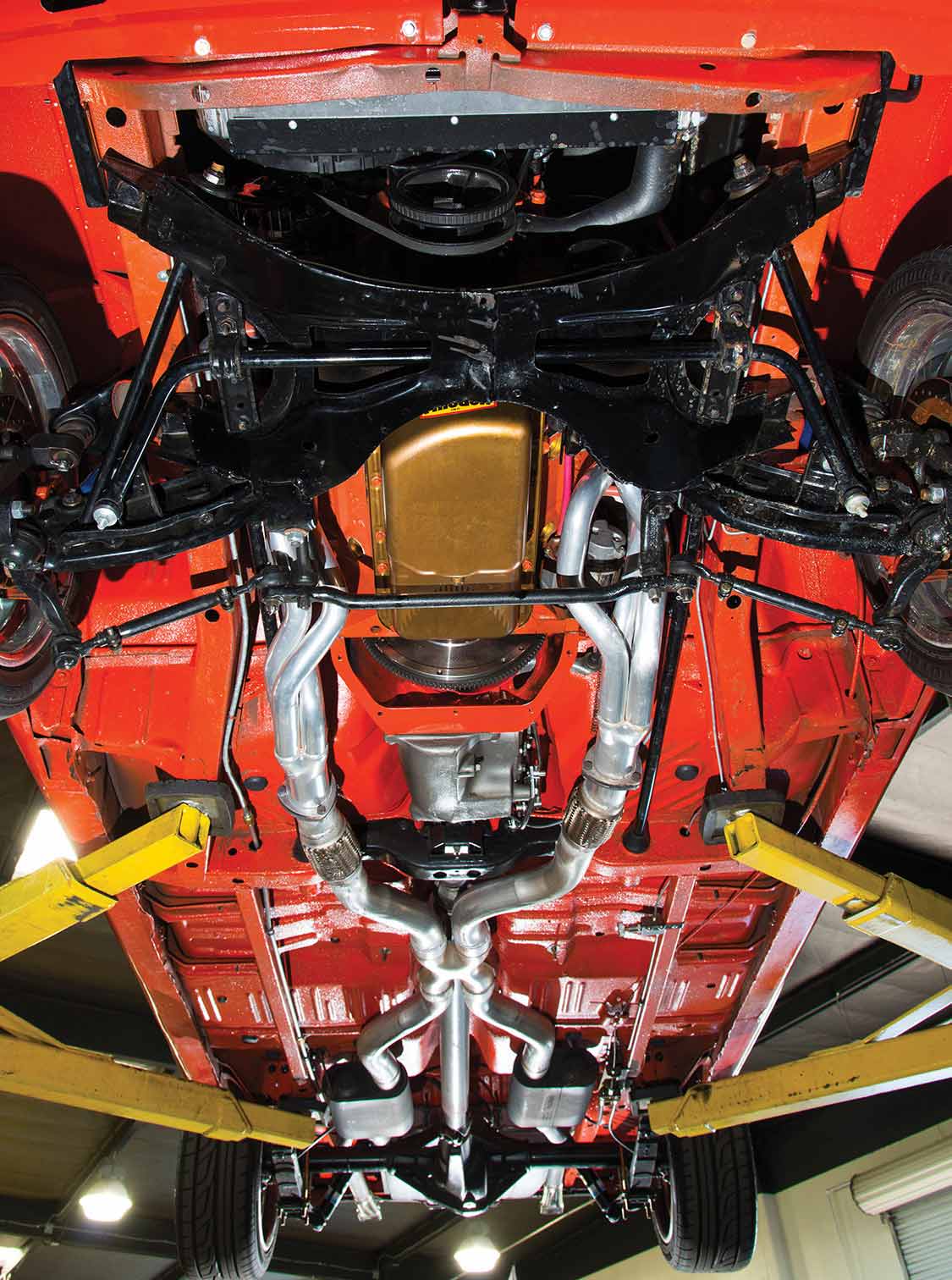
Which brings us to this stunning ’70 Super Bee. The decoded data plate indicated that it was built in Chrysler’s Los Angeles production plant. It was born Bright Blue Metallic (B3) pillar coupe with a 383-engine and a manual transmission. It was one of only 3,966 produced that model year.
This body style was an exclusive holdover since the 1968 origin of B-bodies, with the pillar creating the ability for the rear quarter-windows to open by hinging outward rather than rolling down for the backseat passengers. The year 1970 was a of firsts and lasts for the Super Bee.
It was the last of this body style with the Coke bottle shape; the doors appear to be slightly pinched or tucked-in when looking down the horizontal shape, ending with those beautifully curved, wider quarter panels. This led to big rear wheel openings that better exposed the wider wheels and tires.
It was a first in that it had a distinctive, one-year-only chromed split front grille (the Dodge marketing guys referred to the dual ovoid style as shaped like bumble bee wings). It was also the last Super Bee to offer functional Ram charger cold air intake scoops on the hood, though they looked like an afterthought.
The longer, lower, almost fastback body style was set on a 117-inch wheelbase chassis (GM muscle car models were 112 inches). This was also the last year for this setup, and it was the final year that Dodge supplied horsepower ratings, because the new SAE horsepower ratings for all vehicles went into effect in 1971.
This forced many OEMs to rethink and/or change the compression ratios beginning in 1971; thus, marked the beginning of the end for attractive, high-performance, desirability at the new car showrooms.
This super bee has some extraordinary sting! “Even at 3,700 pounds, this stick car pulls hard,” dale exclaimed.
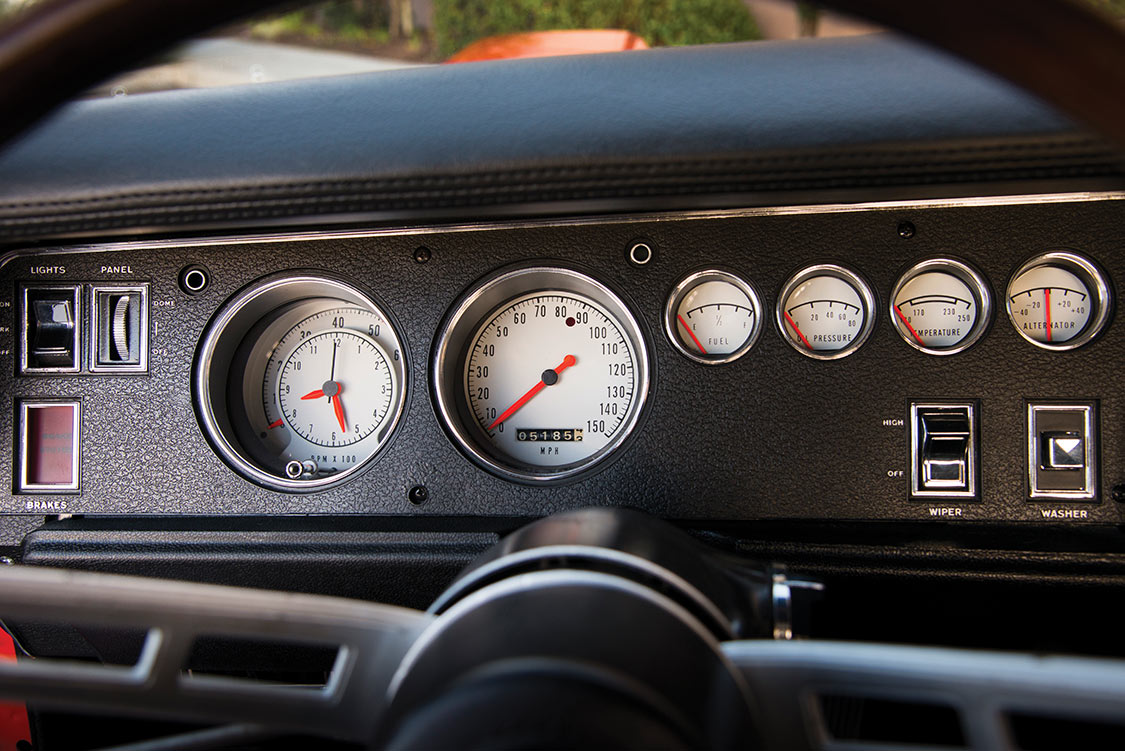
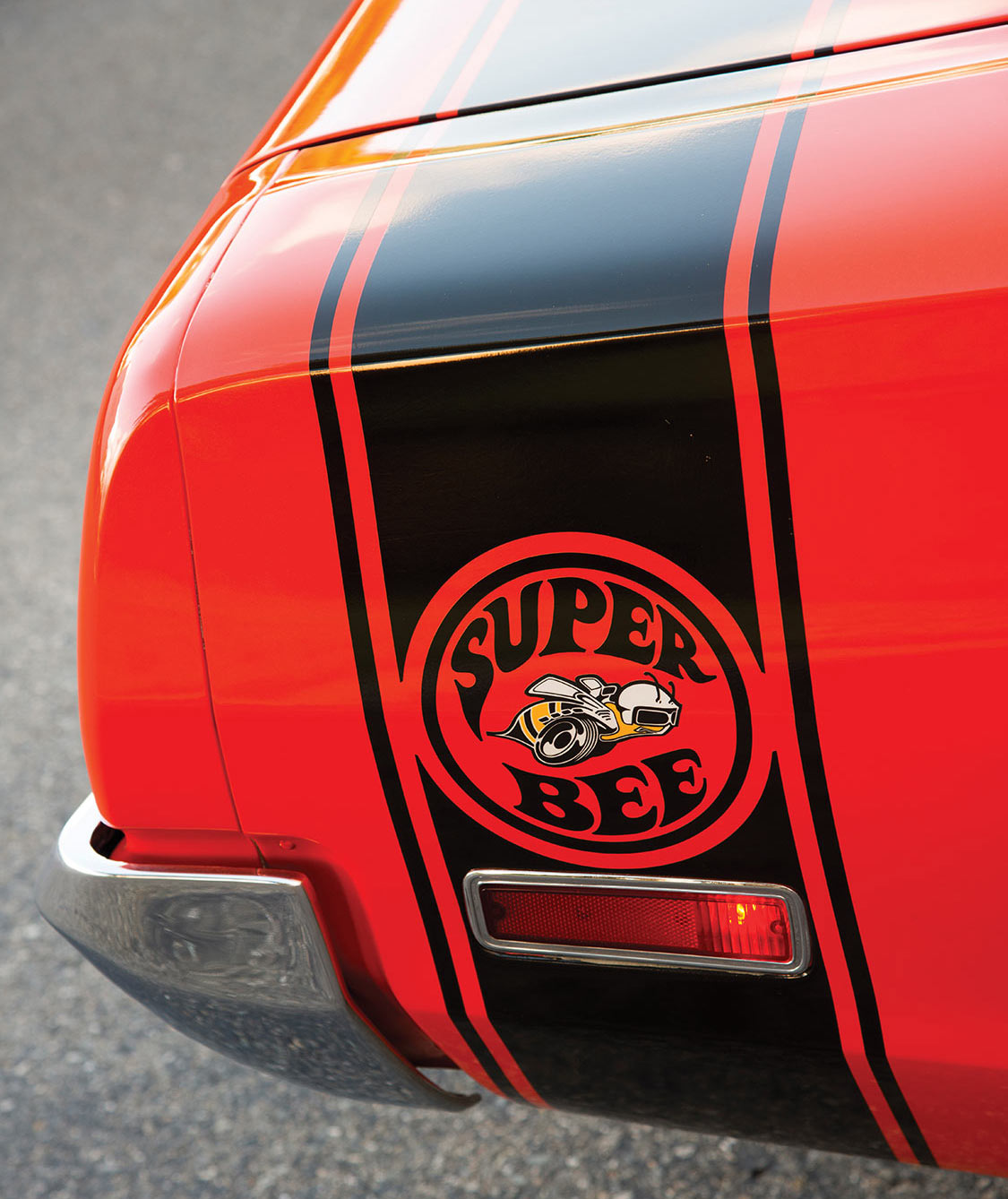
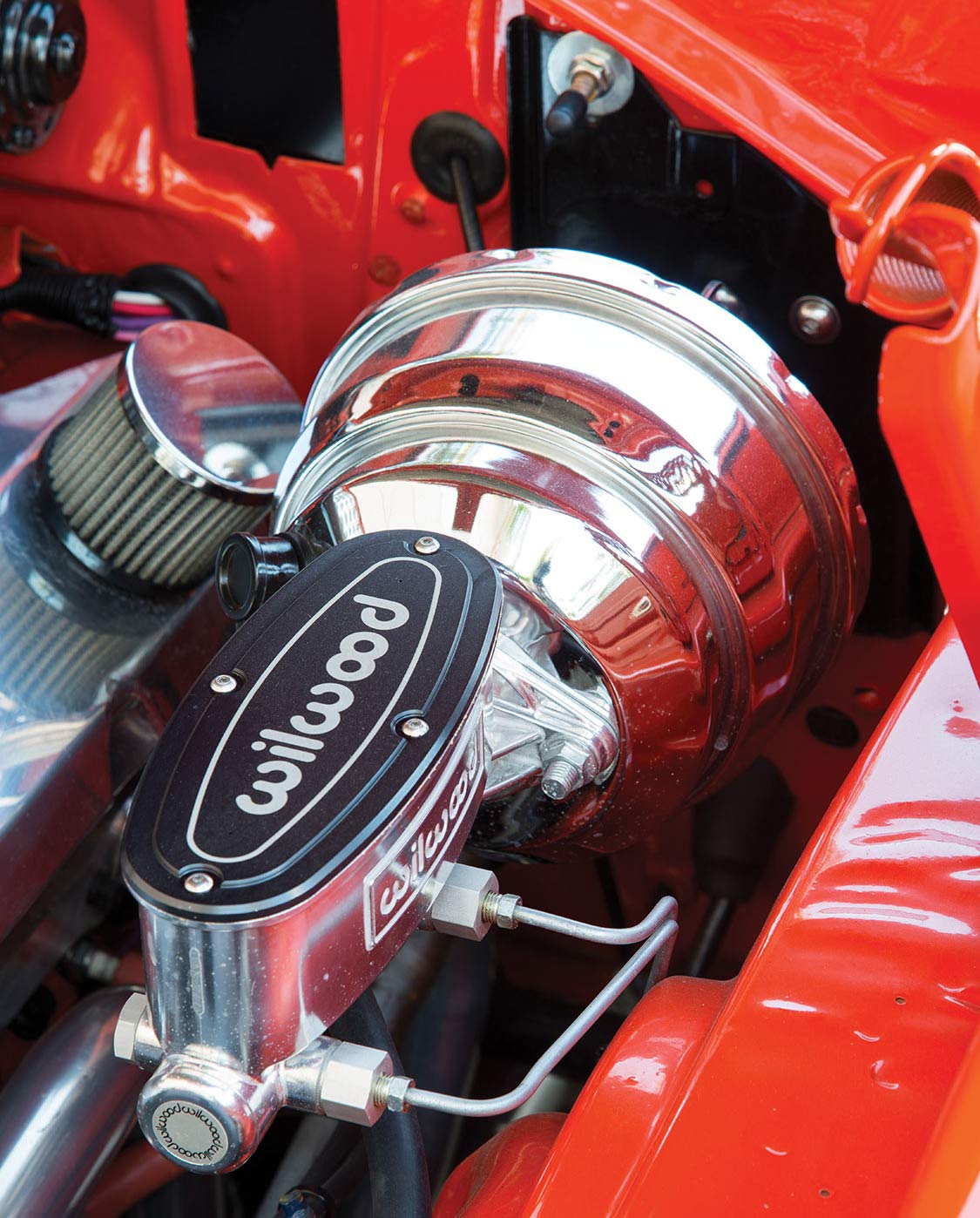
This particular Dodge was attractive to Dale Bracken of California Supersports Auto in San Juan Capistrano. Once he saw the muscle machine for the first time, he immediately wanted it for his private collection. “I had a Buick 400 GS convertible that I liked, but I traded the Buick and a bushel of cash for this Super Bee.”
The full photo documentation of the resto-mod is a cool book to review. It had been stripped down to bare metal and all components were reworked or replaced. The blue exterior was changed to V2 Hemi Orange, a fitting and stunning color on this body style.
The 383 engine was jettisoned for a more impressive power package; it’s now a 1970 440 Six Pack—on the outside. Internally, the build sheet from Indio Motor Machine reads like a performance digest. The stroker crankshaft kit pushed the cubes to 505 that now has 9.8:1 compression pistons and many quality internal components, along with ceramic-coated headers (and exhaust system) and a serpentine drive pulley system. A factory Six Pack air cleaner that hides three large two-barrel carburetors tops the engine.
This large oval air cleaner can be provided with outside fresh air by a very elaborate system attached to the underside of the hood. All combine to reveal dyno sheet readings of 517 hp (at 5,000 rpm) and torque of 588 ft-lbs at 4,000.
This Super Bee has some extraordinary sting! “Even at 3,700 pounds, this stick car pulls hard,” Dave exclaimed. The Dana 60 rearend with 4.10 gears fitted with 35-spline axles and a Power Lock Posi unit influence the performance equation and seat-of-the-pants sensation.
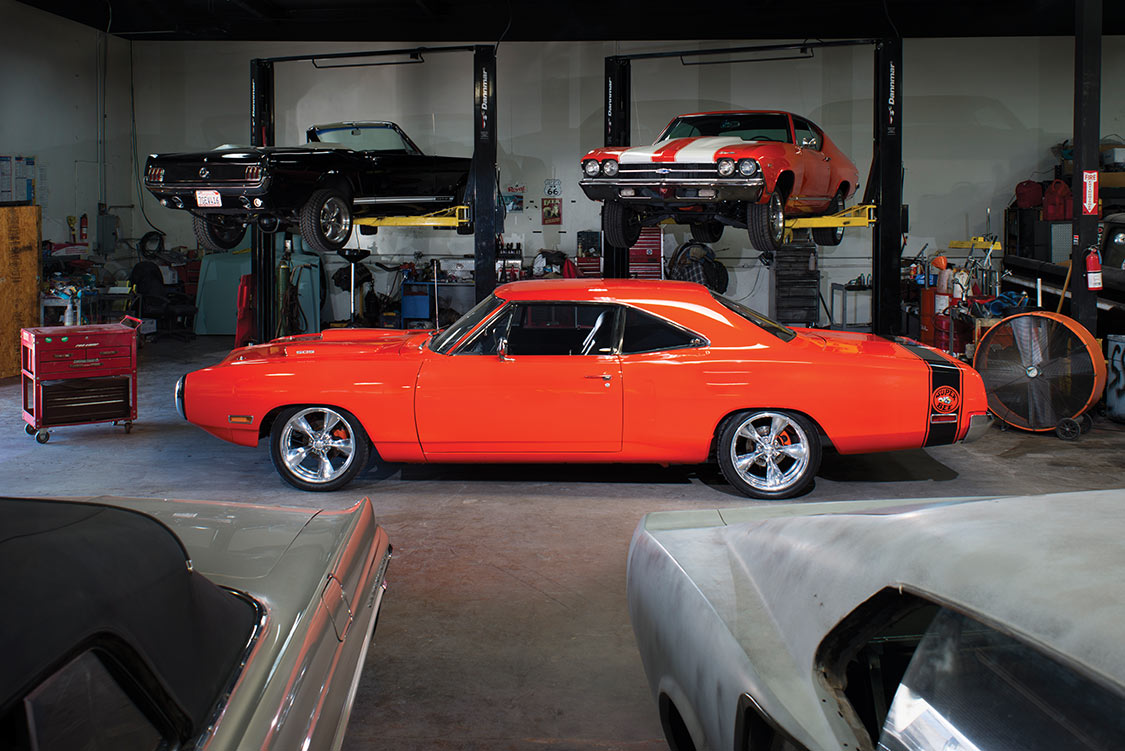

Roadworthiness is improved with a fully rebuilt suspension, all powder coated. Huge road wheels are fitted with 225 45 R 18s in the front, with 255 40 R 18 tires in the rear. While considered a midsize by Dodge for the era, it’s a big car, so the wheel-tire combination doesn’t really look oversized, and it fits well in the wheel openings.
Looking into the interior reveals a cockpit that appears to be 1970 all over again. It’s a refreshing view; the stock steering wheel is still stylish; the stock dashboard with all of the multiple small diameter gauges looks sporting. Dodge subscribed to the Mopar attitude that went out of the way to capture attention for its manual transmission cars by featuring a tall Hurst shifter with a pistol grip handle; this one still has it.
Commercials seen today for a GM brand ask: “Wouldn’t you rather have a Buick?” Dale Bracken said no, and we all should “Super Bee” glad that he did.
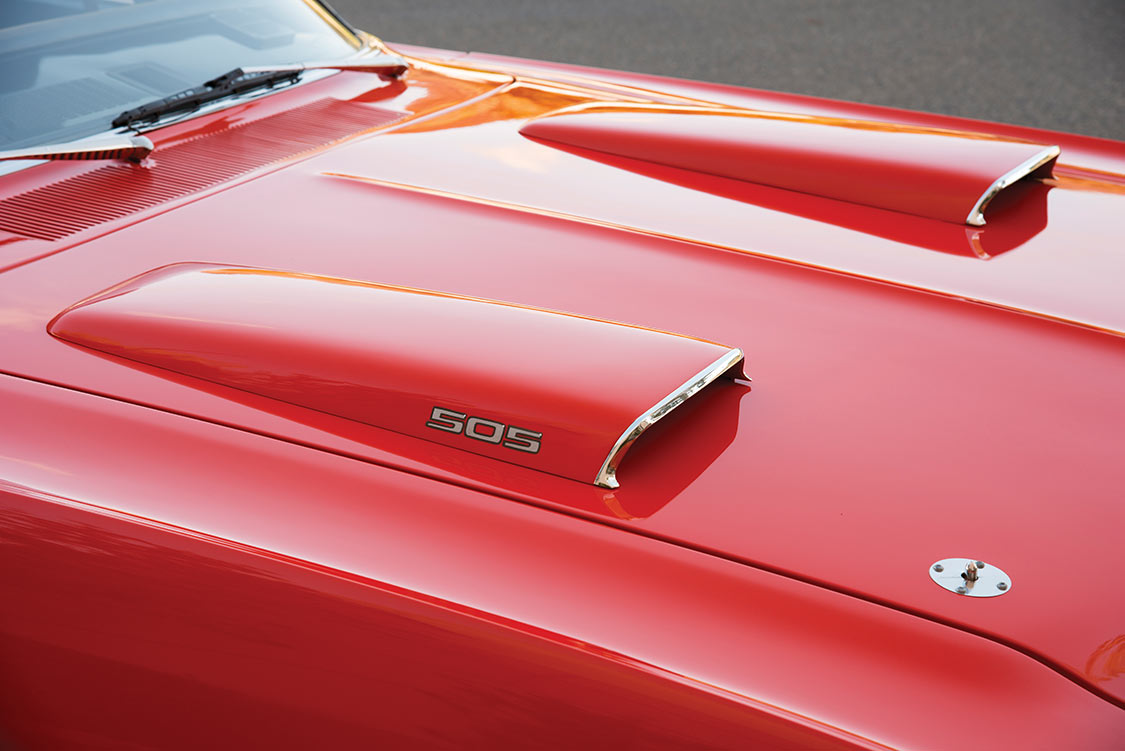
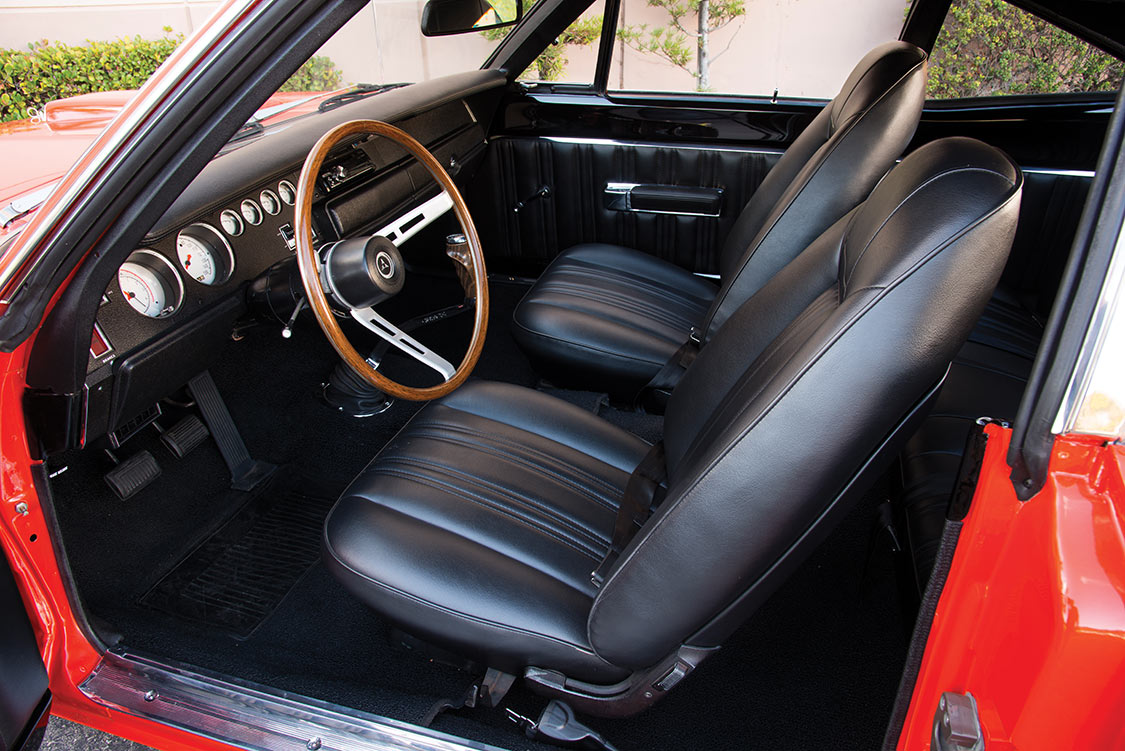
Editor’s Note: A version of this article first appeared in the October 2016 print issue of the Drive Magazine.